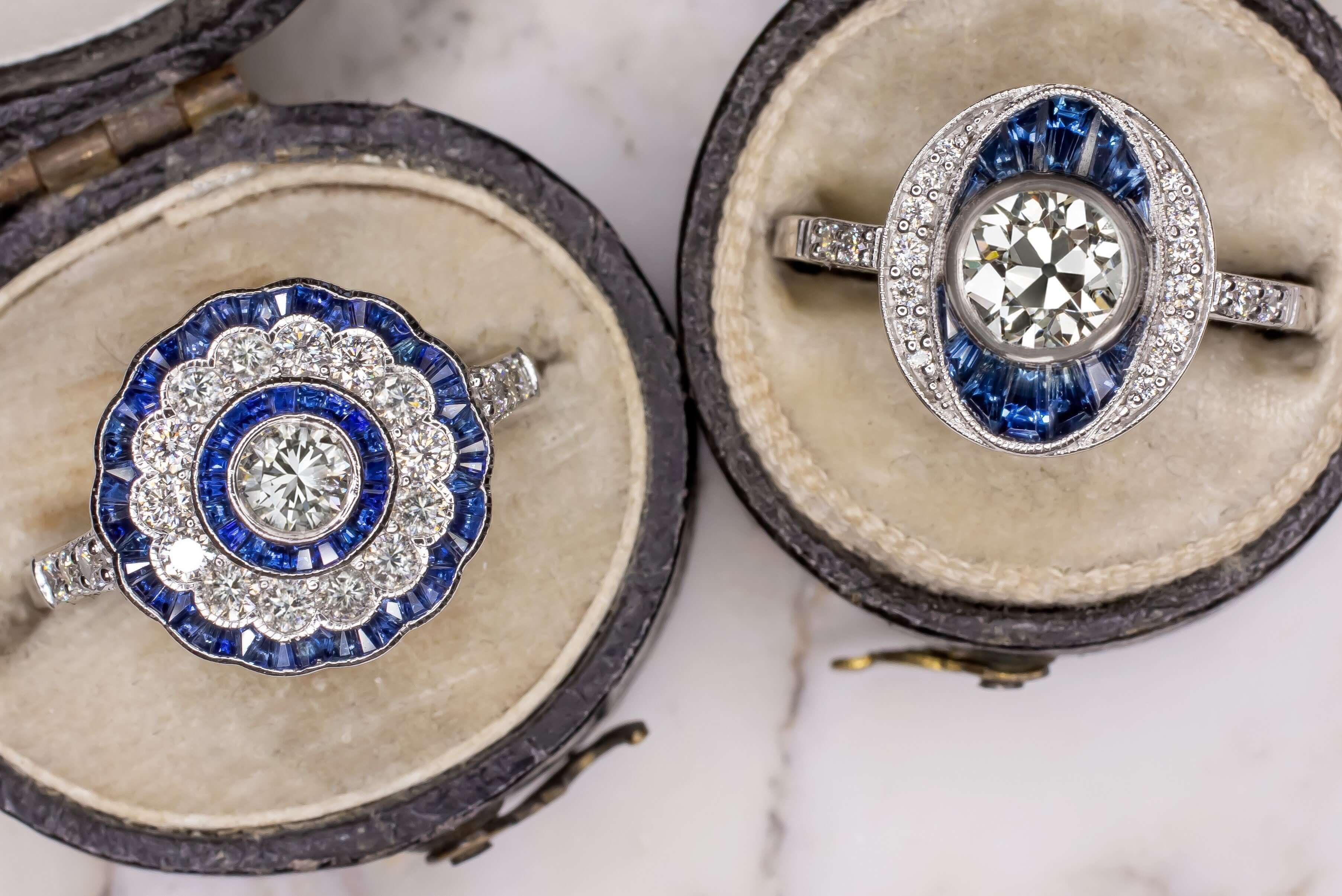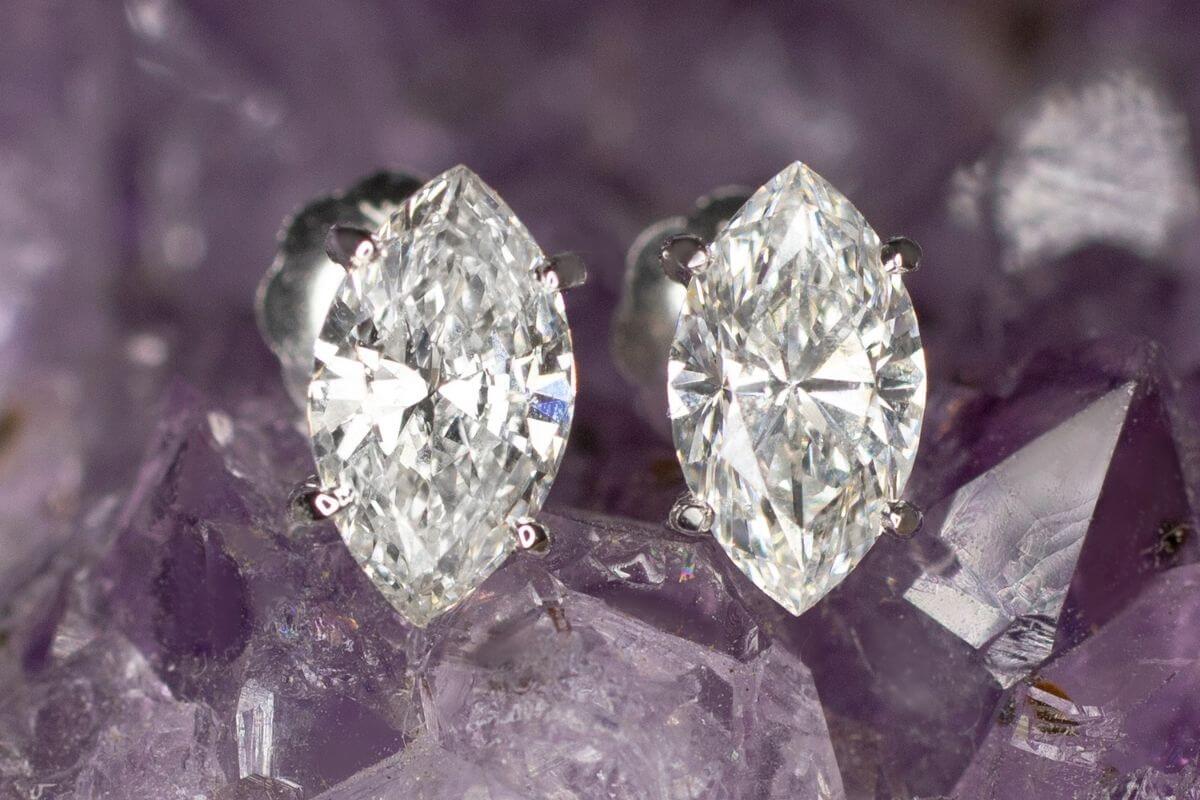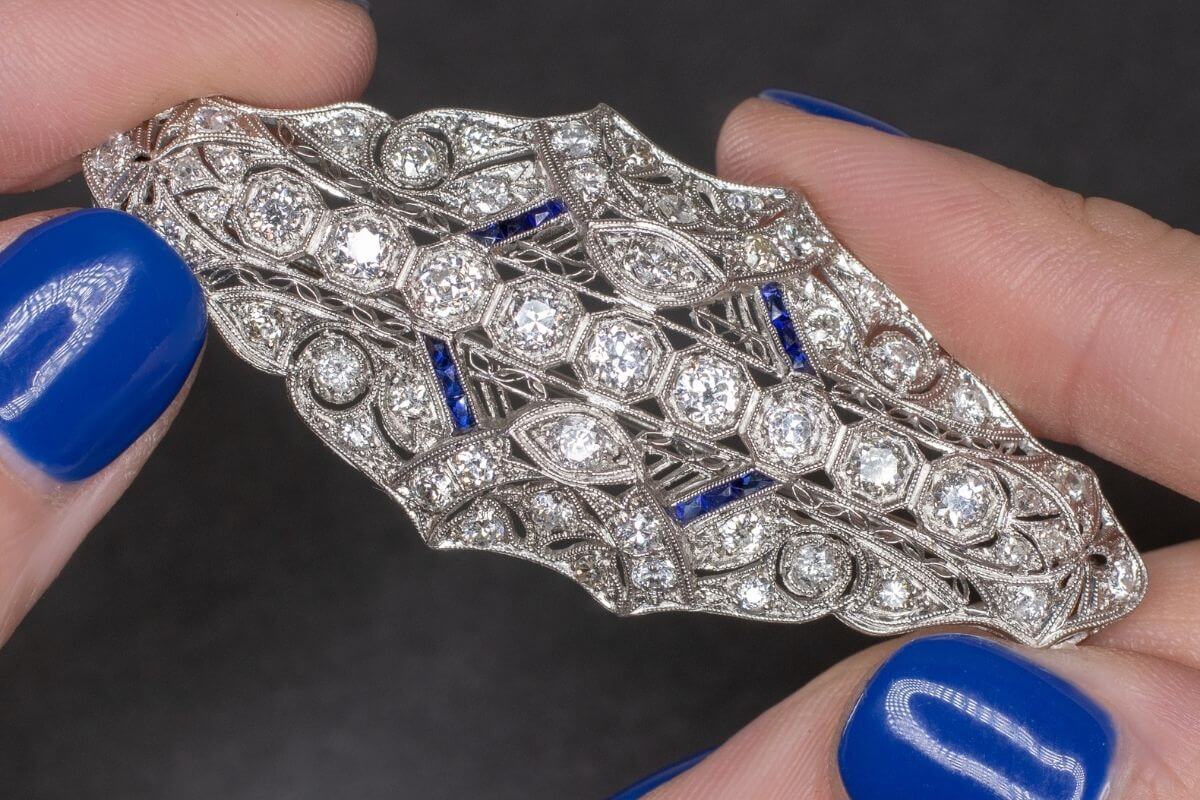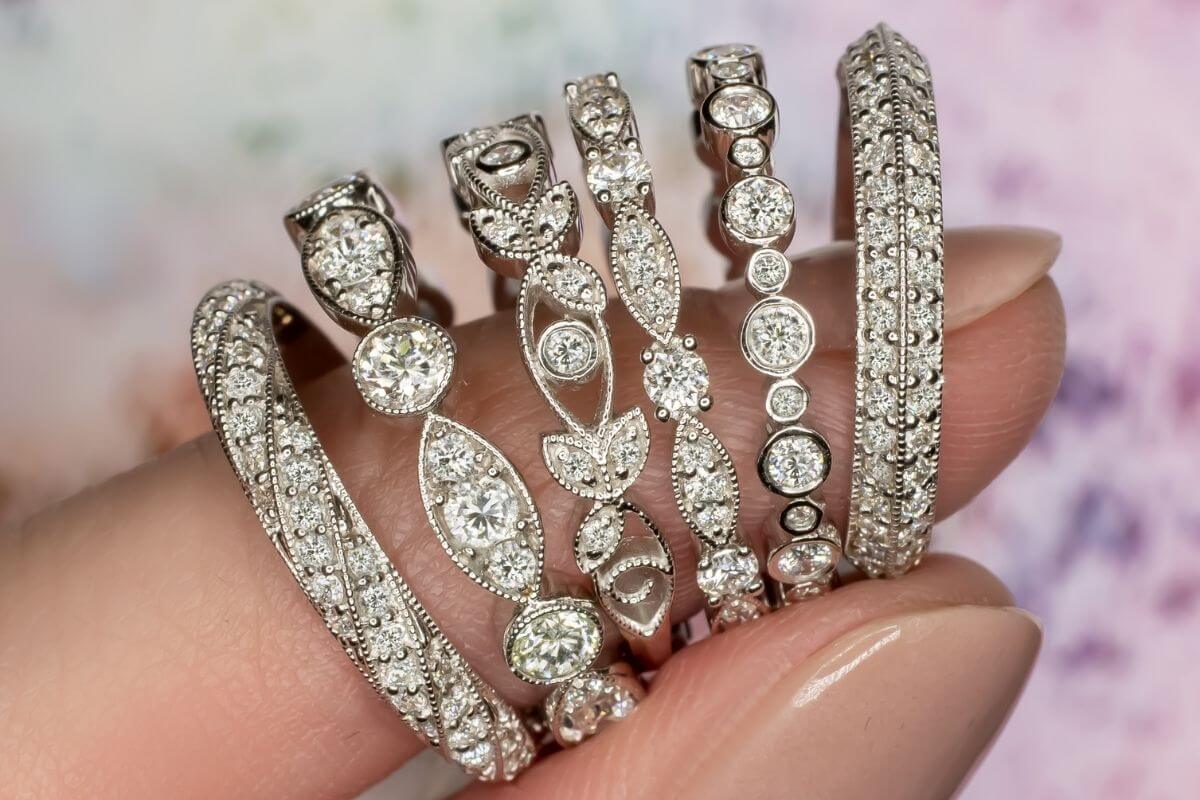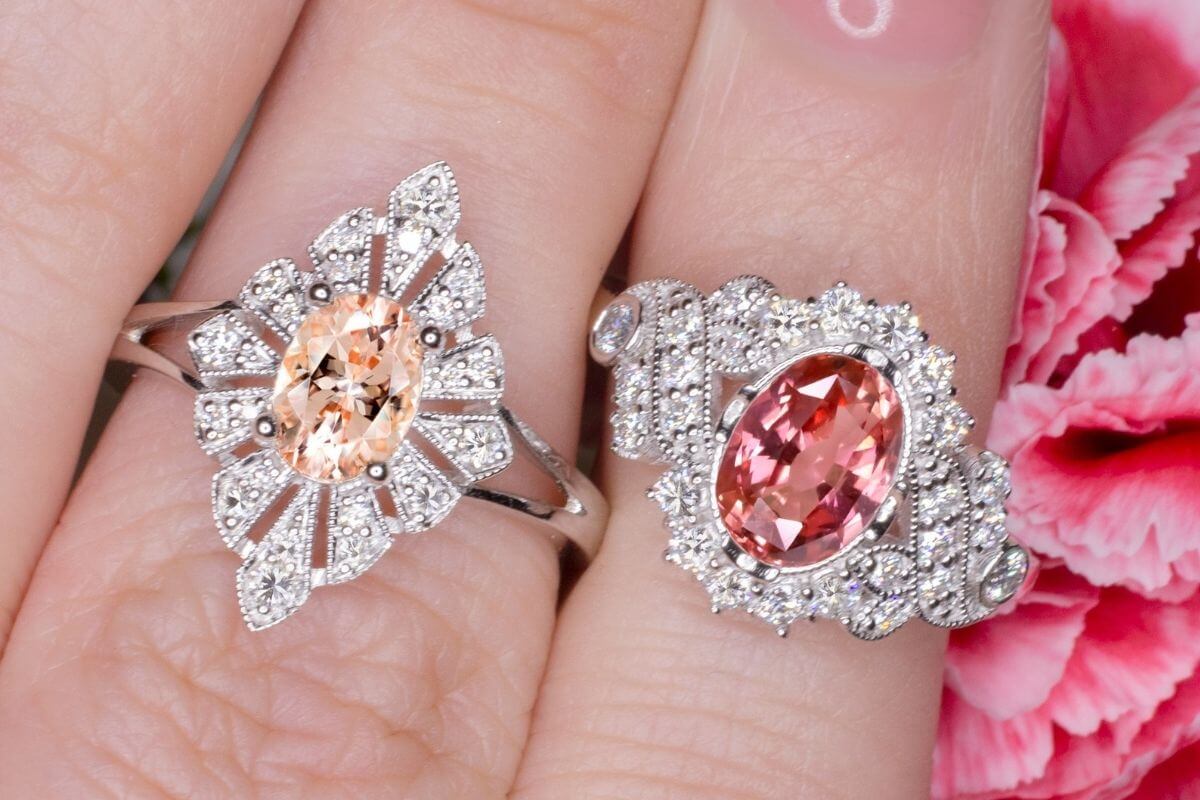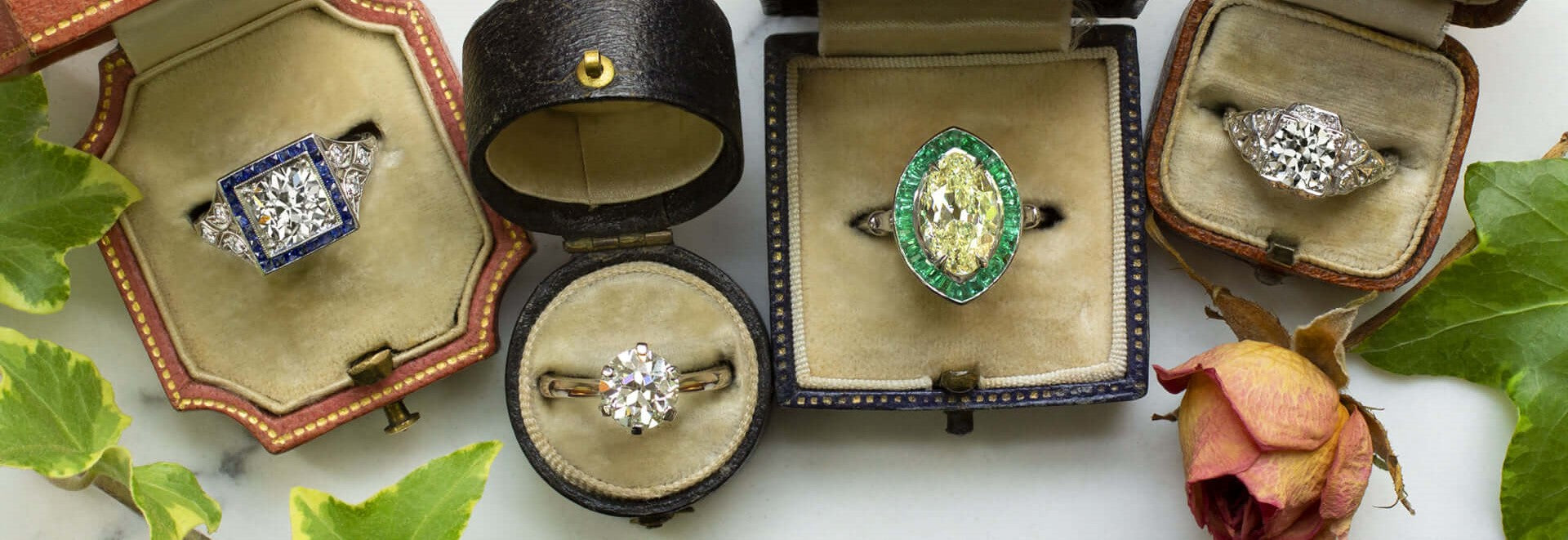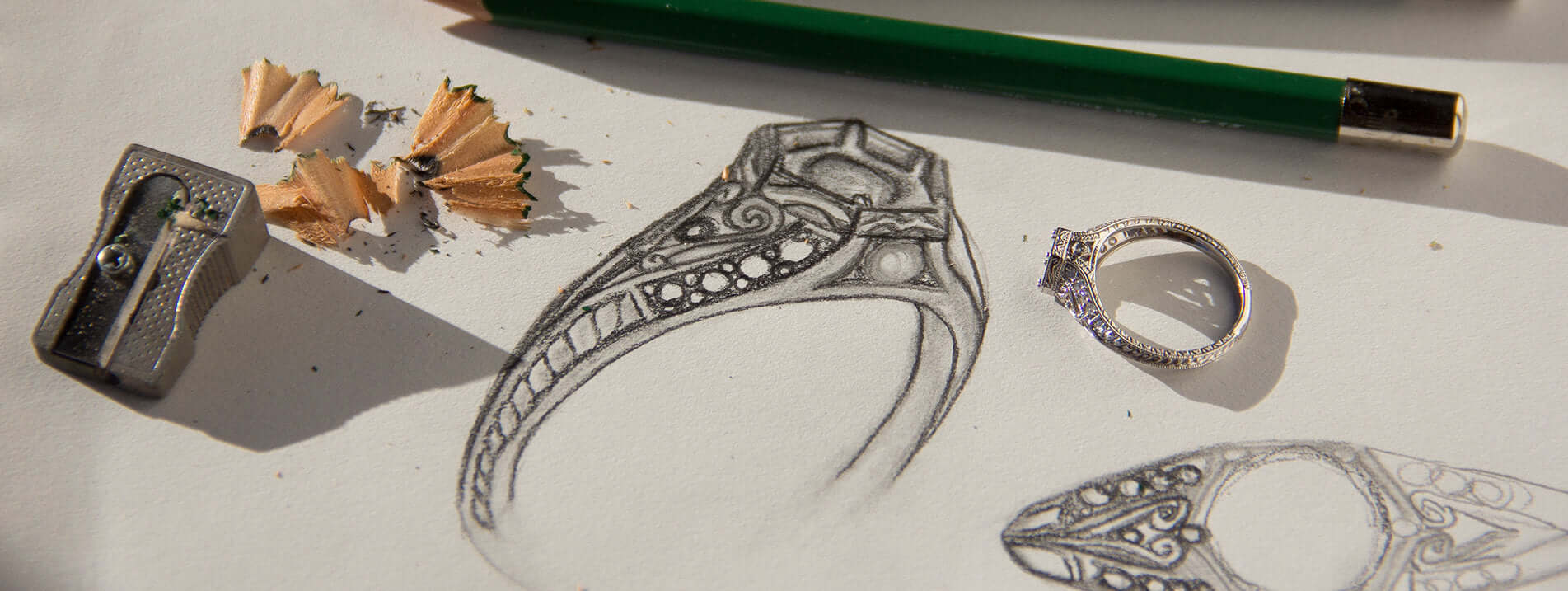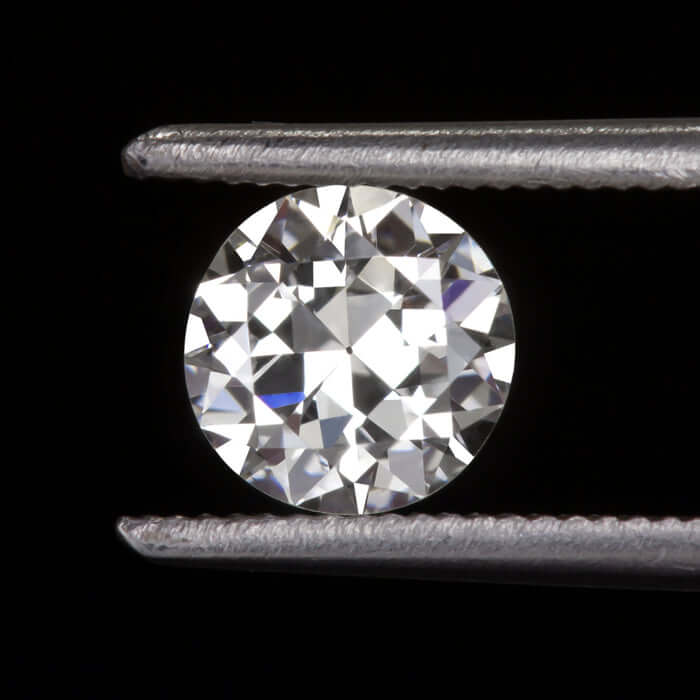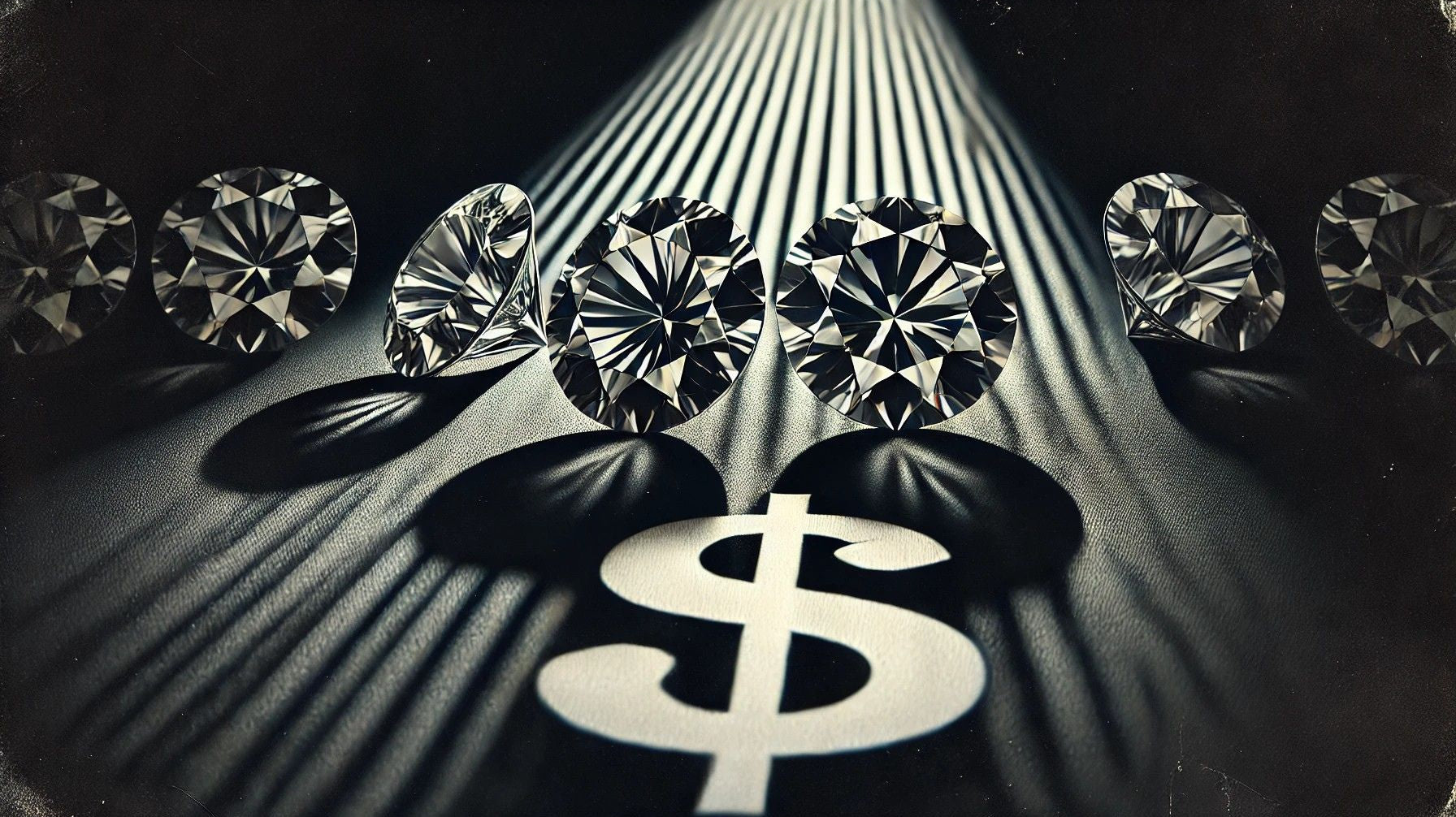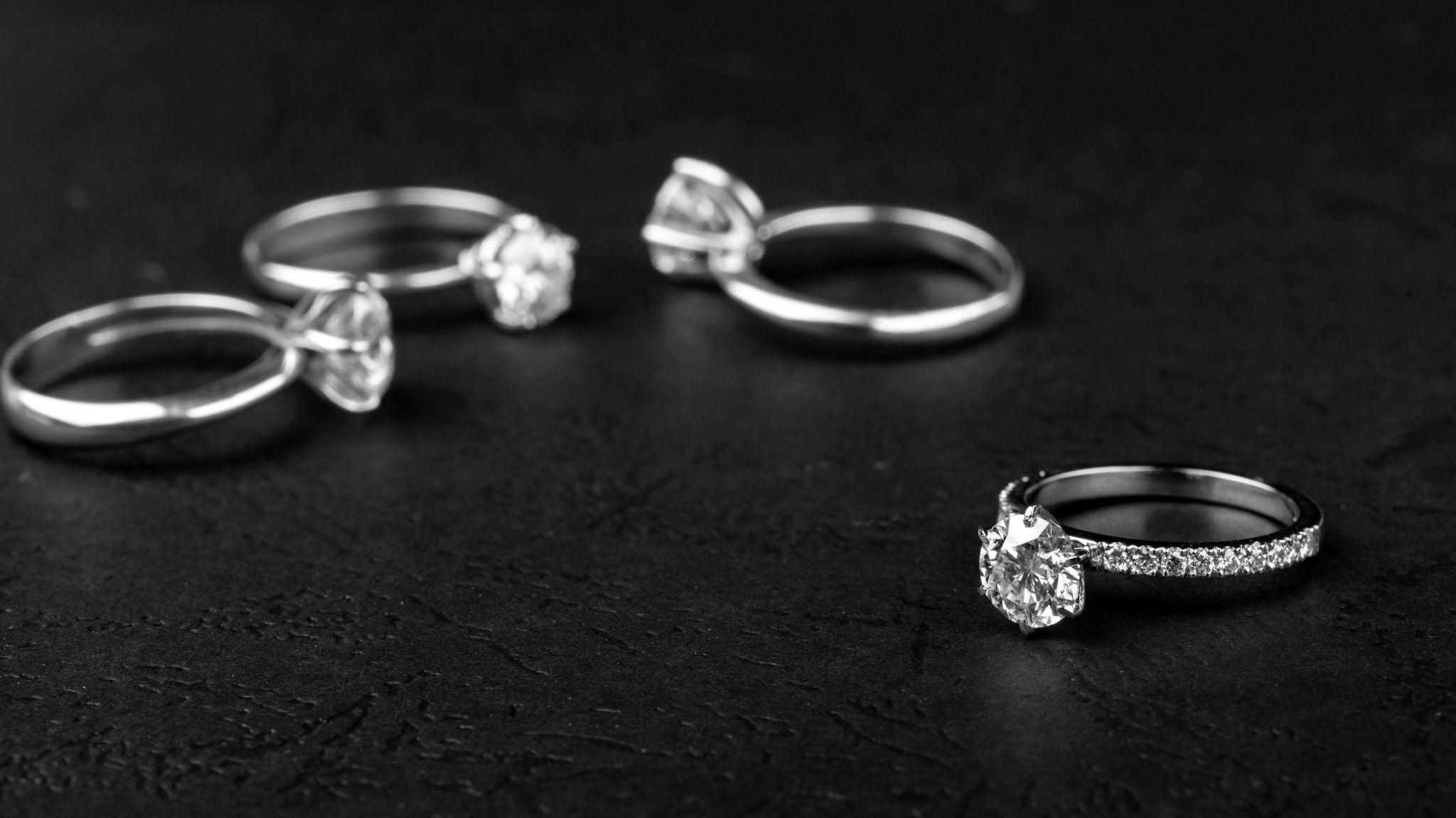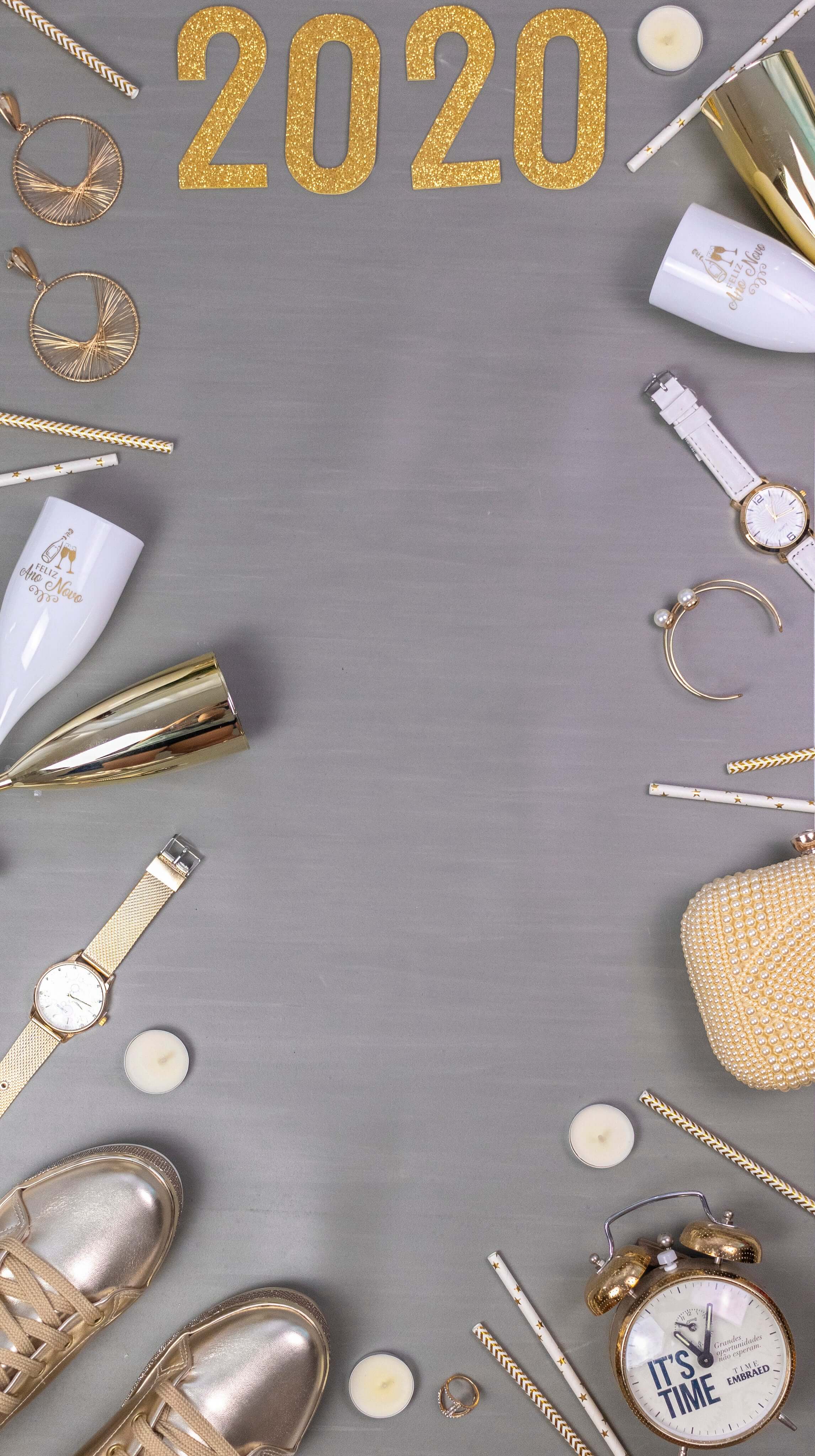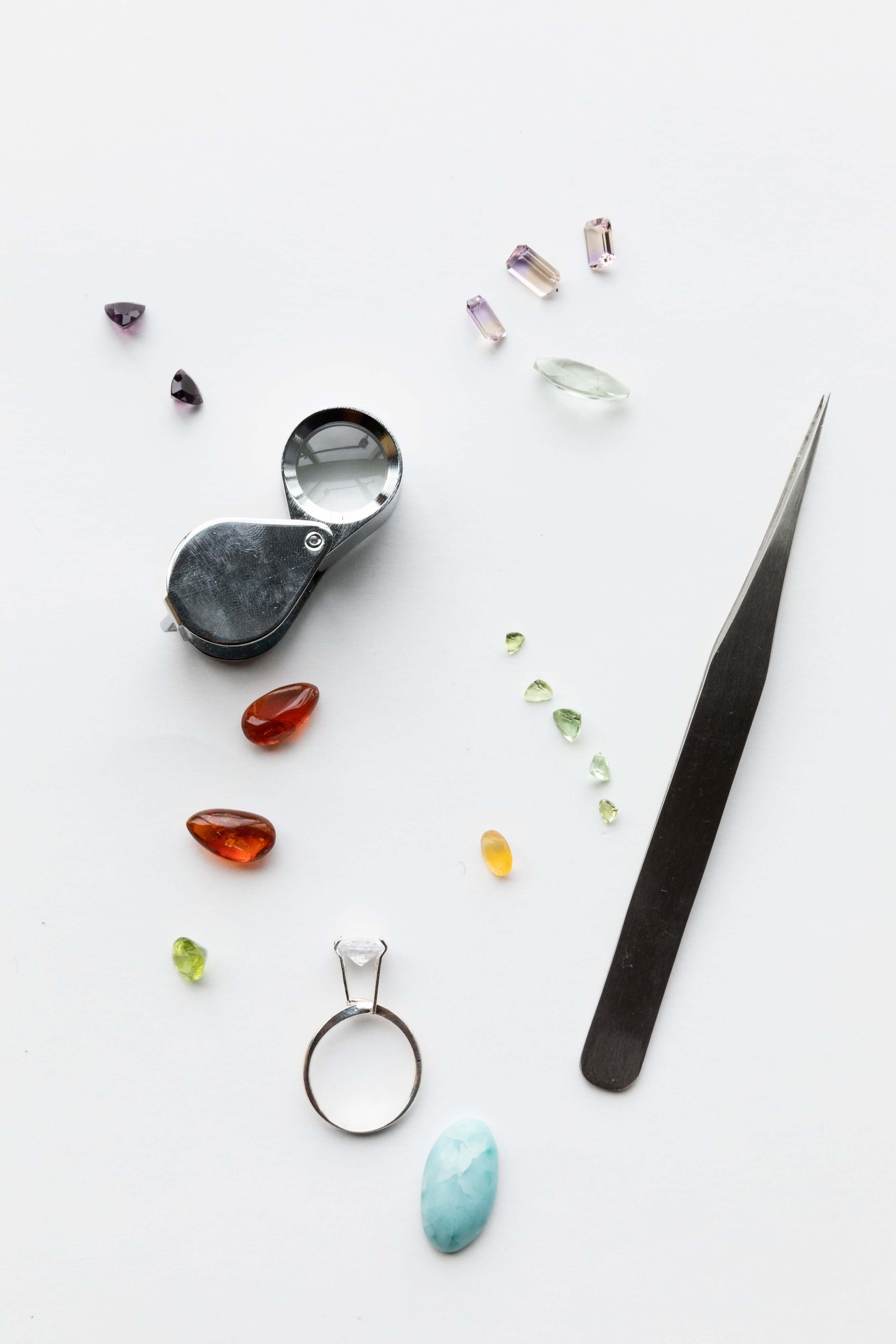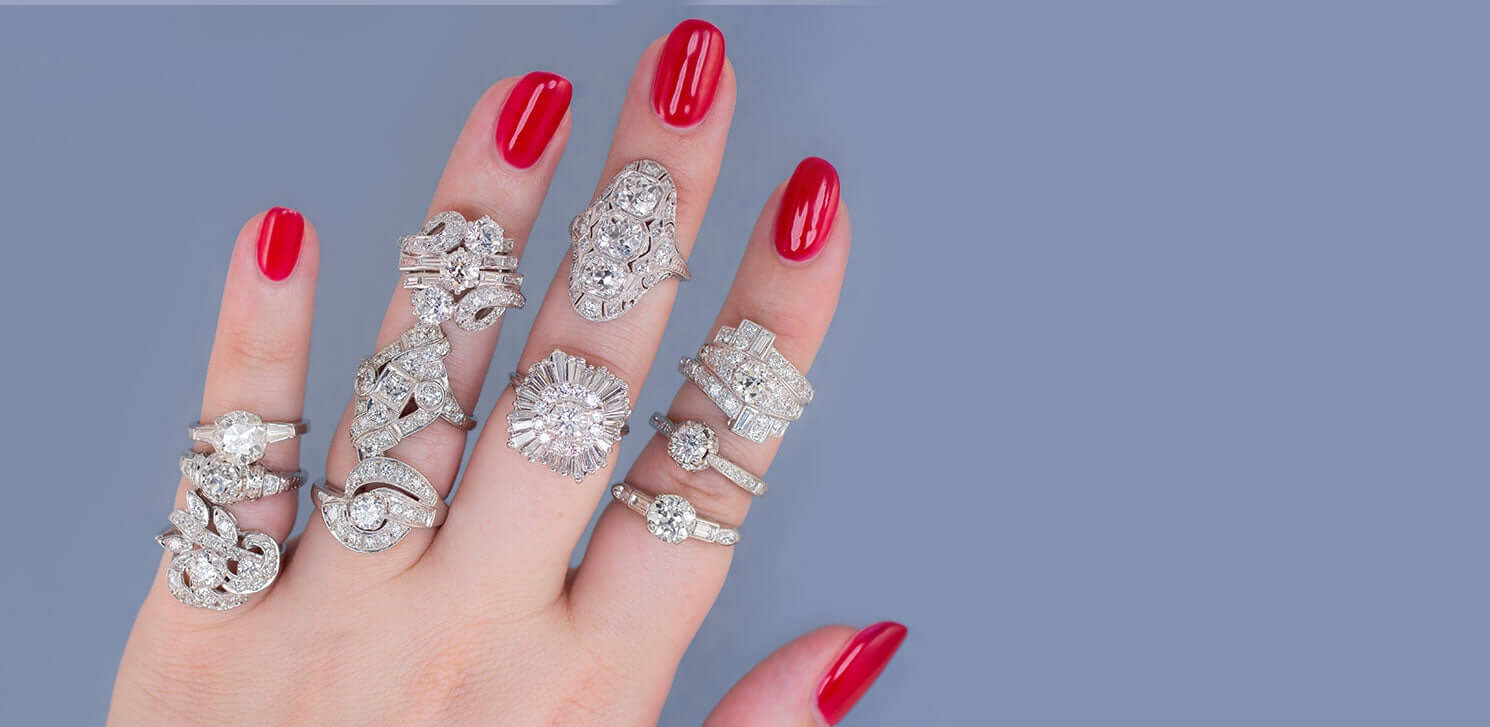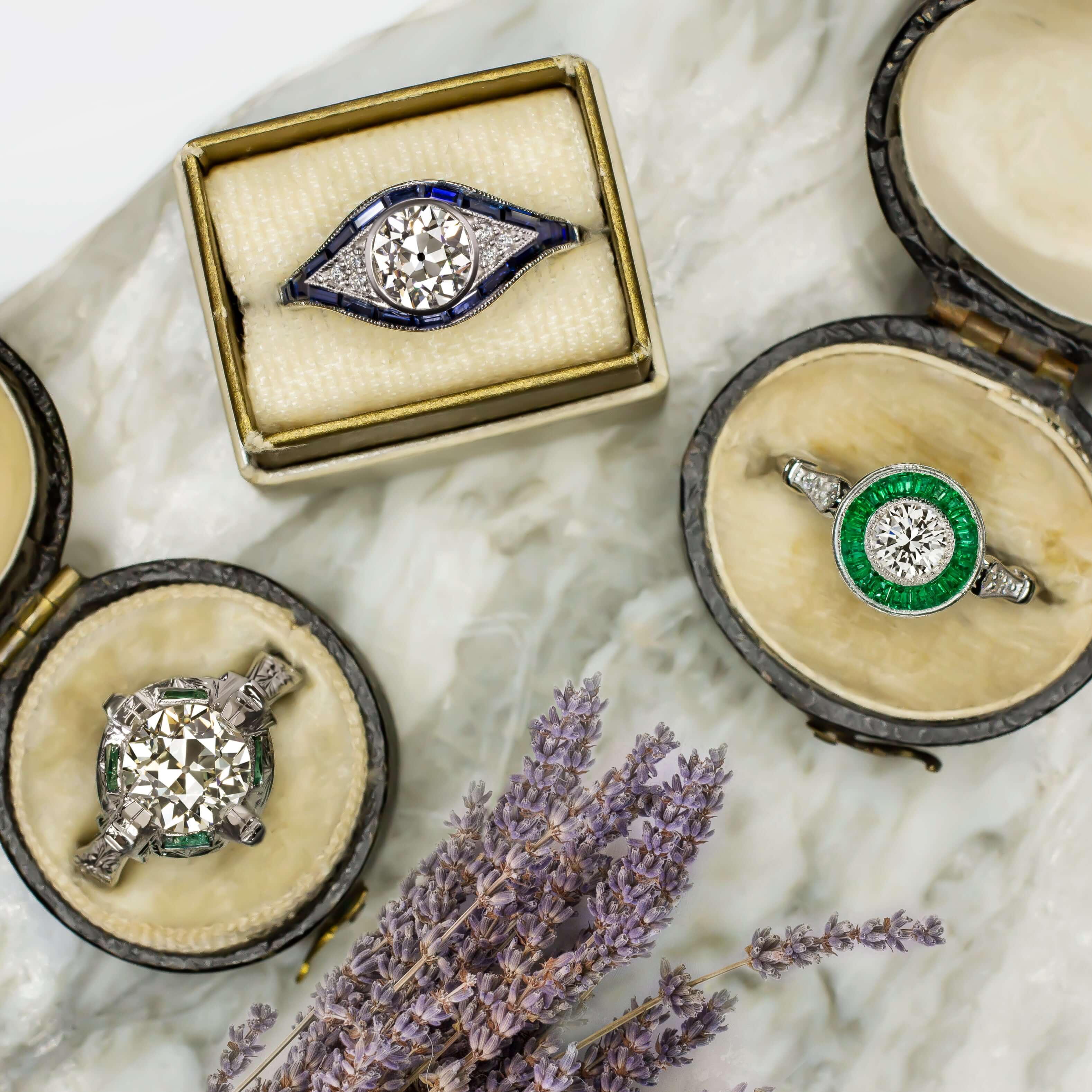The transitional cut is a rare vintage cut that was being cut only for a few decades. Its rarity make some believe that it is just a legend since you will not find a GIA transitional cut in existence today. In the early 20th century, the European Cut was evolving and its evolution lead to the birth of the Transitional Cut.
The Old European Cut was the most popular cut in the early 1900. It is famous for its small table, tall crown, open culet and broad pavilion facets. Even though the theory for the modern round cut was in place since the end of the 19th century, these theories were not put into practice for 30-40 years later during the Art Deco era. Marcel Tolkowsky is broadly credited as the father of the modern brilliant cut, yet he did study the decades old writings of Henry Morse. Morse's ideas inspired the the evolution of the round diamond brilliant cut. This called for a larger table, a shorter crown, smaller crown angles, smaller pavilion angles and a closed culet. The new round cut implemented thinner pavilion facets and shorter lower girdle facets thus creating a different pattern when looking at the diamond from the face up. However, this dramatic change did not happen overnight as the world slowly transitioned to this new round brilliant cut.
This period of about twenty to thirty years marks the transition of diamonds evolving to the modern round brilliant cut. Therefore, many stones cut during that period became known as Transitional Cuts. They typically did have larger tables (as larger tables were thought to increase brilliance) and small open culets. The crown angles did come down though the pavilion facets still remained similar to the Old European Cuts. In essence, transitional cuts had a crown similar to the modern cut stone but a pavilion similar to an old European though with a smaller culet. Some stones exhibit the famous checkerboard pattern which is one of the most beautiful features of the transitional cut and it is quite a sight to see! These rare stones were cut from the 1920’s to 1940’s and represent a very unique time in history. Today, they are becoming increasingly rare as many are being recut to fully modern round brilliant cuts. This cut was around for such a short period that GIA does not categorize it as its own cut whereas EGL-USA does. GIA has introduced the “Circular Brilliant” in 2014 in response to this misappropriation and this does include some Transitional Cuts in their categorization. Regardless of GIA, a true transitional cut definitely has its own character as its one of the important cuts in diamond history.

